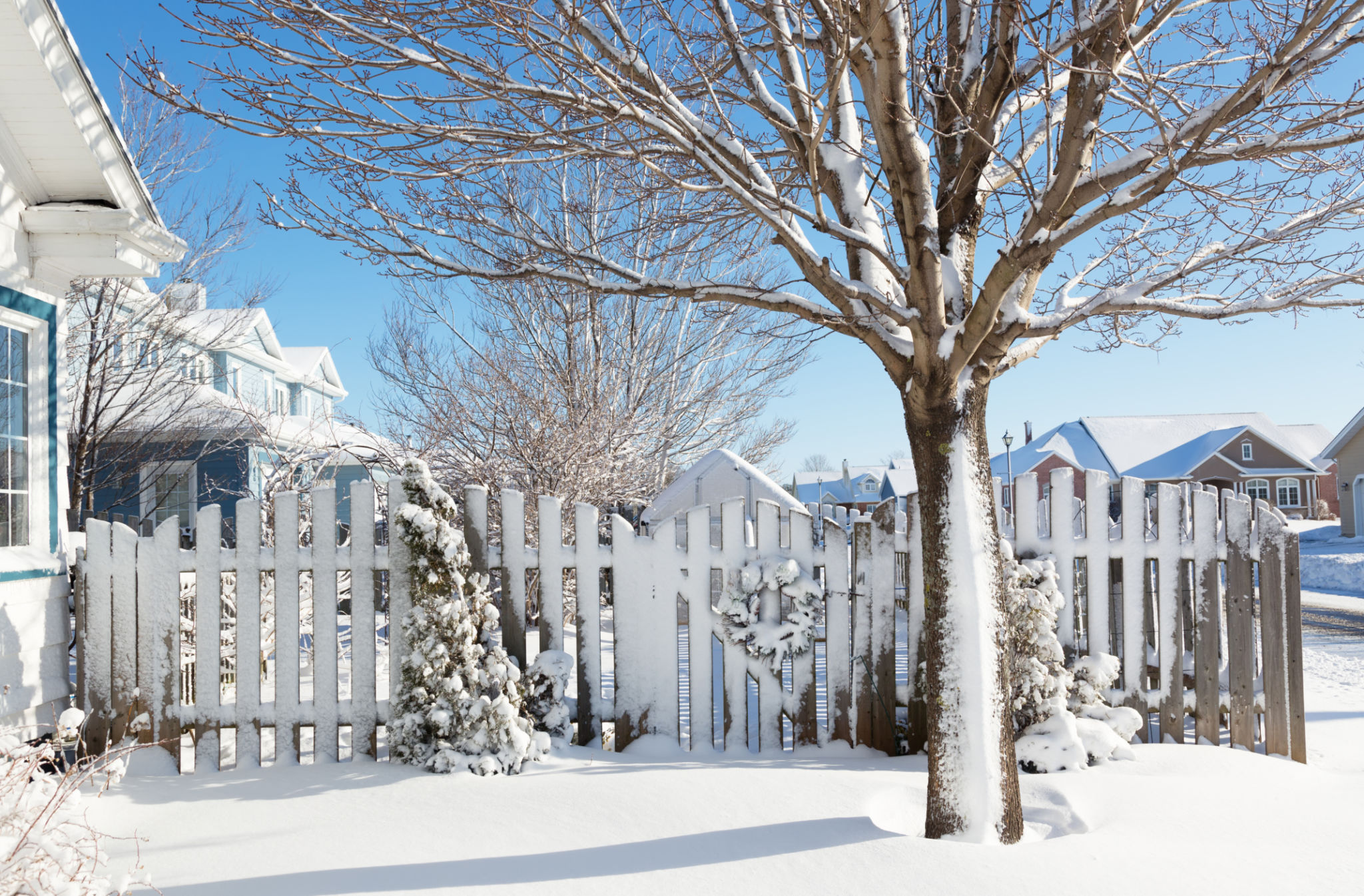Seasonal Pet Waste Challenges and How to Tackle Them
Understanding Seasonal Pet Waste Challenges
Pet ownership comes with numerous joys, but managing pet waste is a responsibility that many find challenging. The task becomes even more complex with the changing seasons. Each season brings unique challenges that can affect how pet waste is managed, disposed of, and its impact on the environment. Understanding these challenges is the first step in tackling them effectively.
During winter, for instance, snow and ice can obscure pet waste, making it difficult to locate and pick up. Spring's thaw can reveal a collection of waste that accumulated over the colder months, while summer's heat can exacerbate odors and accelerate decomposition. Fall, with its falling leaves, can also hide waste, making it challenging to maintain a clean yard.

Winter Woes: Navigating Snow and Ice
In winter, snow and ice present significant obstacles for pet owners. Waste can quickly become buried under fresh snow, making it hard to spot. Additionally, icy conditions can make accessing certain areas of your yard treacherous.
To tackle these issues, consider marking areas where your pet frequently relieves themselves with stakes or flags. This will help you easily find and clean these spots even after a snowfall. Investing in a sturdy scooper designed for cold weather can also make the task easier, as some materials become brittle in low temperatures.
Spring Surprises: The Thaw Reveal
As temperatures rise in spring, snow melts away to reveal the waste that has accumulated over winter. This sudden revelation can be daunting for pet owners who may be faced with a significant cleanup task.
To tackle this, start by doing a thorough walk-through of your yard as soon as the snow starts to melt. Regularly picking up waste as it becomes visible will prevent an overwhelming buildup. Consider using biodegradable bags for waste collection to minimize environmental impact.

Summer Heat: Addressing Odors and Decomposition
Summer brings its own set of challenges. The heat can intensify odors from pet waste and accelerate decomposition, leading to an unpleasant experience for both pets and owners.
To manage this, ensure that waste is picked up promptly and disposed of in sealed containers to contain odors. Adding a layer of baking soda to your waste bin can help neutralize smells. Additionally, regular lawn maintenance such as mowing and watering can help disperse any lingering odors.
Fall Foliage: Finding Hidden Waste
Autumn presents the challenge of falling leaves, which can cover pet waste and make it difficult to locate. This not only hampers cleanup efforts but can also pose health risks if left unaddressed.
To combat this, try to keep your yard raked regularly to minimize leaf cover. Training your pet to use specific areas of the yard can also help in quickly identifying where cleanup is needed. Utilizing a rake designed for leaf and waste collection can make the task more efficient.

Conclusion: Year-Round Strategies for Pet Waste Management
Effective pet waste management requires adapting to the unique challenges that each season presents. By staying proactive and utilizing season-specific strategies, you can ensure a cleaner environment for your family and pets all year round.
Remember, consistent cleanup not only helps maintain your yard's appearance but also reduces environmental impact and promotes a healthier community. Whether you're dealing with snow-covered yards or sun-baked lawns, having the right tools and strategies in place will make all the difference.